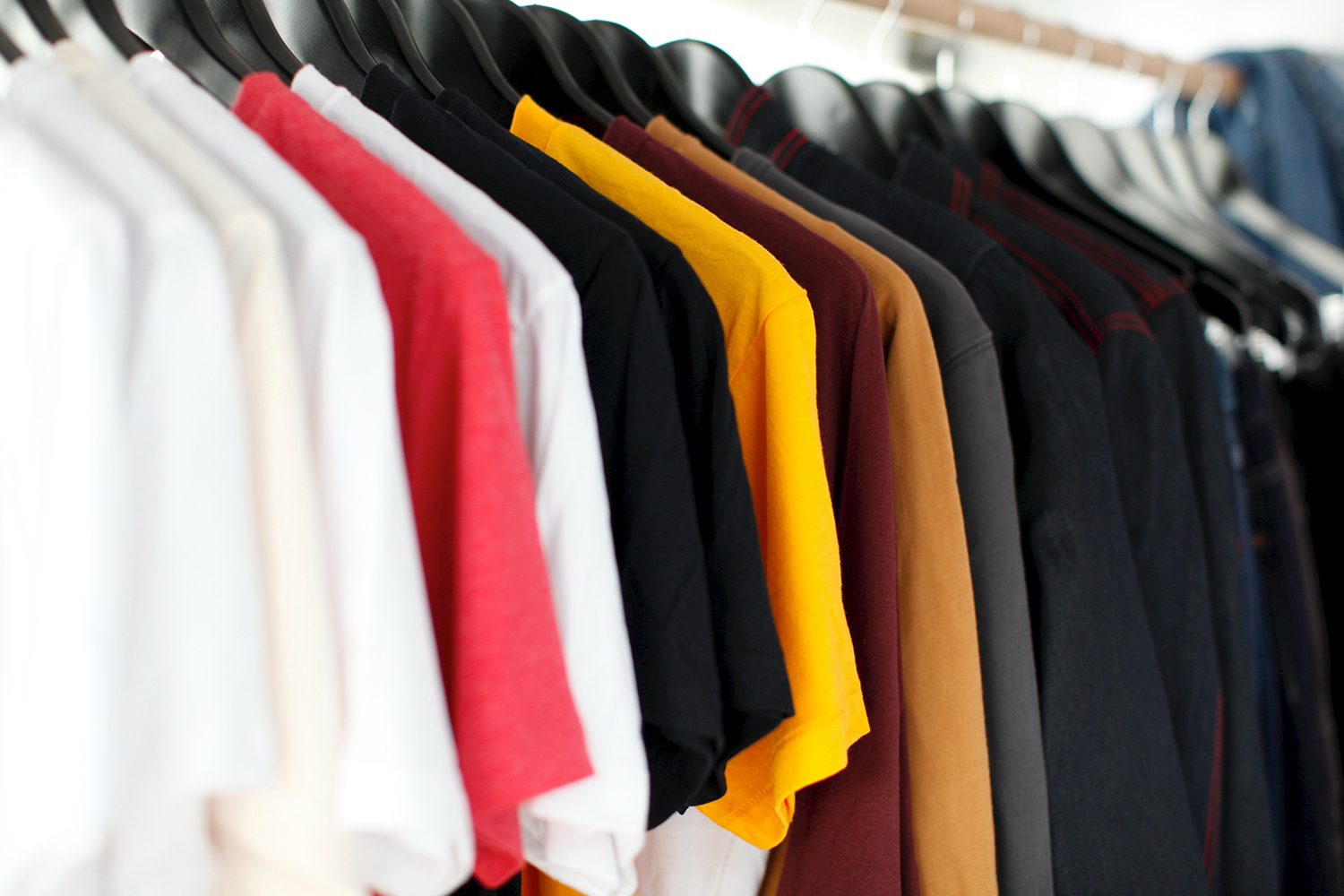When you’re shopping and discover a bargain it’s great! Well, they are when they are real bargains. Sadly, in a world flooded with fast-fashion, that bargain you bought might not really be a saving. Instead, it’s just, well, a cheap item. It’s not like you saved a lot of money off what would otherwise be an expensive garment, or got a high-quality piece of clothing for a great price. With fast-fashion, you’re usually paying less for less quality. This has terrible consequences for the environment, with one survey showing that nearly a fifth of 2,000 British shoppers surveyed admitting to binning clothes. These head to the landfill and contribute to polluting the world around us.
With some bargains, you could be spending more than you realise. For the short term, a £20 pair of shoes might look nice and last a year if you’re lucky, before wearing out. But if you have to spend £20 every year on a replacement pair, then over three years that’s £60 spent. It makes more sense to spend that £60 at the start on a pair of leather ankle boots that will last three years or more, especially if they are more comfortable and a higher quality.
What’s the cost of your fast fashion habit?
Another contributor to the issue of fast fashion is that trends are changing faster than they used to. Therefore, people must buy cheaper clothing to keep up with what’s in fashion. Cut-cost fashion must also find somewhere to make savings along the production line. You can’t sell a £5 dress without using cheaper materials and such. This often leads to garments made quickly with non-organic fabrics. Plus, as the Independent reported, the process of dying these clothes is the second largest contributor to water pollution.
As we’ve pointed out, your wallet can take the hit. While the short-term purchase may be cheaper, the cost to keep replacing the item over the years will add up. If a more expensive version will last a number of years, it could end up being comparatively cheaper.
You might’ve noticed that your cheaper garments don’t last as long as others. By its very nature, it is expected that the garment you have purchased will not be kept long, nor will it be expected to last for years. On the flip side, fashion with an emphasis on quality and durability will see you through. This manifests particularly in the threads lost during washing. Cheap clothes tend to shed tiny microfibres when washed, which end up polluting our oceans.
Recognising quality
When shopping, we must remember that expensive clothing doesn’t equal high quality either as Life Hacker states.
Try the following next time you’re shopping to discover if the garment is high quality:
- Ignore the price tag initially — as mentioned before, this isn’t always an indicator or quality. People can, and will, charge good money for a poor product. Take a look at the item itself.
- Give it a scrunching — take some of the material in your hand and ball it up for a few seconds, then let go. A good quality material will survive, and the wrinkles will fall out. Cheap material will stay wrinkled and creased.
- See if the pattern lines up at the seams — it’s the little things that are the biggest giveaway!
- Check for gaps in the stitching — an item that will last will have no gaps between stitches on the seam, and also have more stitches per inch. Take a good look at those stitches!
- Are there any spare buttons supplied? — This is like a calling card from the designer. If the item comes with spare buttons, then the item is expected to last enough for it to require a button mend at some point!




















